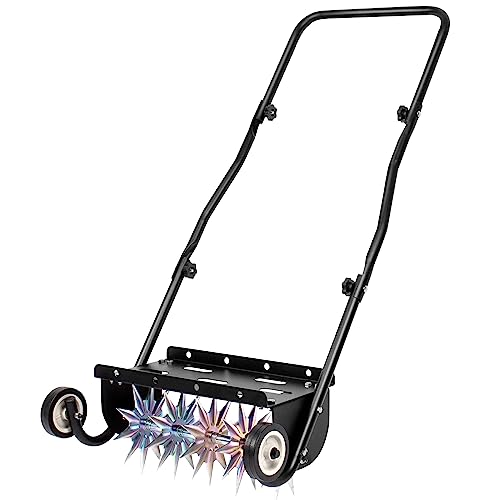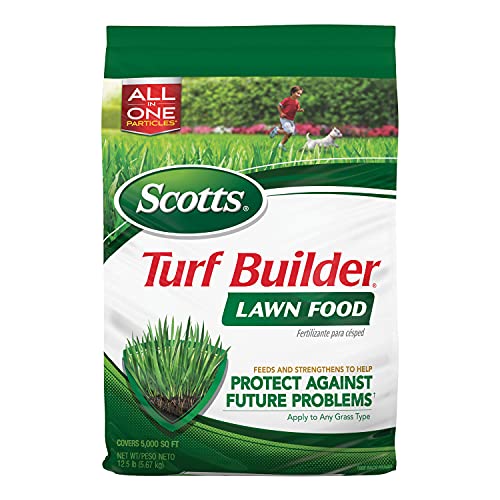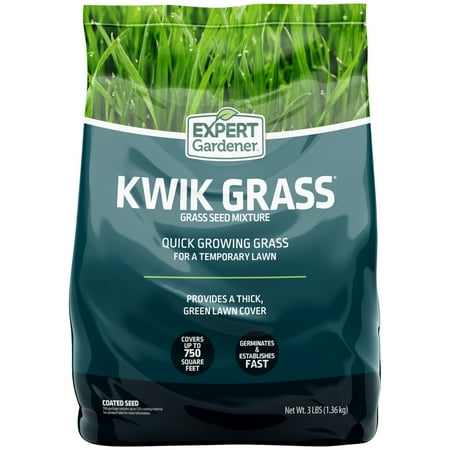To leave it or clear it? What to do with snow on grass – plus expert tips to rescue a lawn after snowfall
Lawncare professionals share advice on caring for grass after a snow flurry


A crisp layer of snow on a lawn can look beautiful and inviting. However, beyond that initial excitement it may bring an underlying worry: will the snow cause long-term damage to the grass and ruin your precious lawn?
There is no need to panic in most circumstances. Whether or not the grass suffers will depend on the severity and longevity of the snowfall. Another key factor is whether you did any winter lawn care in preparation to help protect your grass for the cold season.
We reveal whether you need to clear the snow or can sit back and enjoy it, along with the best lawn care tactics once the snow clears to guarantee you have a lush and beautiful lawn for summer.
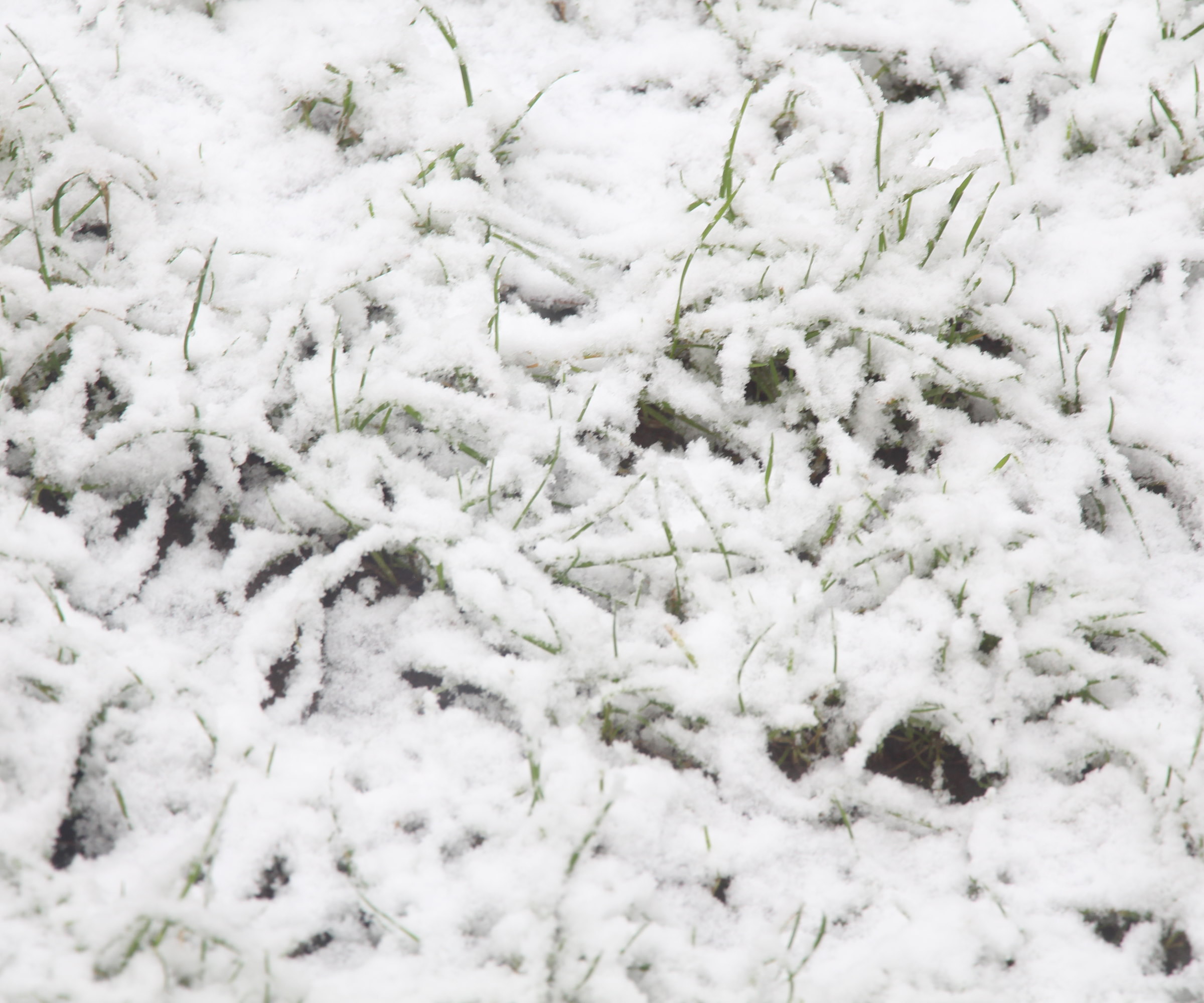
Expert advice for lawn care during and after snowfall
Can grass and snow mix well or is it always a recipe for disaster? And will your aspirations for a green and thick lawn be ruined by winter snowfall? We strive to answer these questions below and hear from some plant and lawn care experts to reveal what you should, or should not, do about snow on grass and the recommended steps to get a lawn looking back to its best once the snow thaws.
Do you need to clear snow off grass?
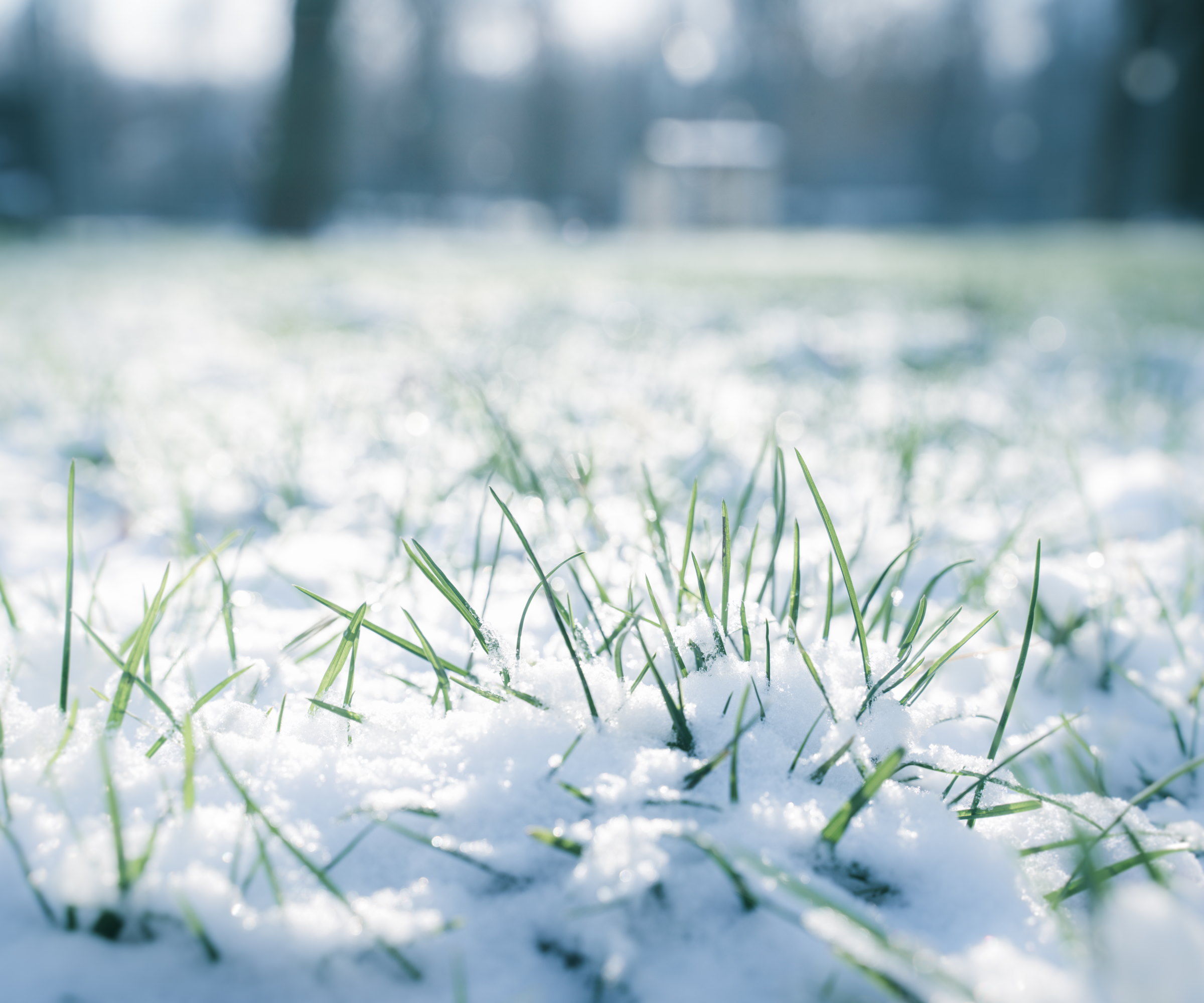
Snow does not always damage a lawn. Usually, it won’t cause any harm to the grass, but it becomes more of an issue when the snowfall itself is very heavy or the snow cover remains for a prolonged period.
Snow on grass is usually not an issue, as the lawn is dormant at that time of year. Andrew Cassel from the Hubbard Brook Foundation Research in New England has been involved with research into snow cover and claims that snow can be ‘great for your lawn’.
He claims: ‘It's like a security blanket for all the nutrients and little creatures working in the soils of your lawn. Leave snow in place on your lawn as long as you can.’ The snow won’t usually damage the lawn and can be left in place. As it melts it will even provide good moisture for the lawn that can help with lush regrowth in spring.
Design expertise in your inbox – from inspiring decorating ideas and beautiful celebrity homes to practical gardening advice and shopping round-ups.
‘In general, we suggest removing any debris off lawns like leaves, branches and twigs etc because they are blocking sunlight to the grass and can increase the chance of diseases.’ adds Matt D, the Garden Lawncare Guy.
‘However, with snow, you might be fighting a losing battle. I wouldn't go out my way to clear surface snow on the lawn however, if possible try to avoid making piles of snow like if you clear the driveway into one area or even build a snowman.’
Snow on grass does become more problematic for lawns when it remains in place for an extended time in large and compacted piles. This can cause several issues as it can compress the turf beneath the snow, prevent light from getting to the grass, and create ideal conditions for the growth of fungal diseases such as snow mold.
If the snow is likely to sit in a thick layer for a while, clearing it can be a beneficial preventative measure against such issues. However, consider how necessary it is and only clear snow off grass in extreme circumstances - as doing so can damage the lawn too.
‘Clearing snow unnecessarily can compact the soil and stress the grass,’ warns Jason McCausland, a vastly experienced lawn technician at Weed Man. ‘Focus on preventing excessive foot traffic or heavy vehicles on the lawn during snowy periods.’ That includes spending too much time clearing snow with a shovel or snow blower.
When, or if, you choose to clear snow, be careful and never use rock salt to melt the snow - this would be a lawn care mistake that can damage the grass.

Garden Lawncare Guy is a family run business and specialist supplier of grass seed, lawn feed and wildflowers. Recognised by millions of social media viewers as a leading source of information in all things lawncare

Jason is a Technical Coordinator at Weed Man. For more than 25 years, he has been an integral member of the Weed Man family and the green industry.
How to help a lawn recover post-snow
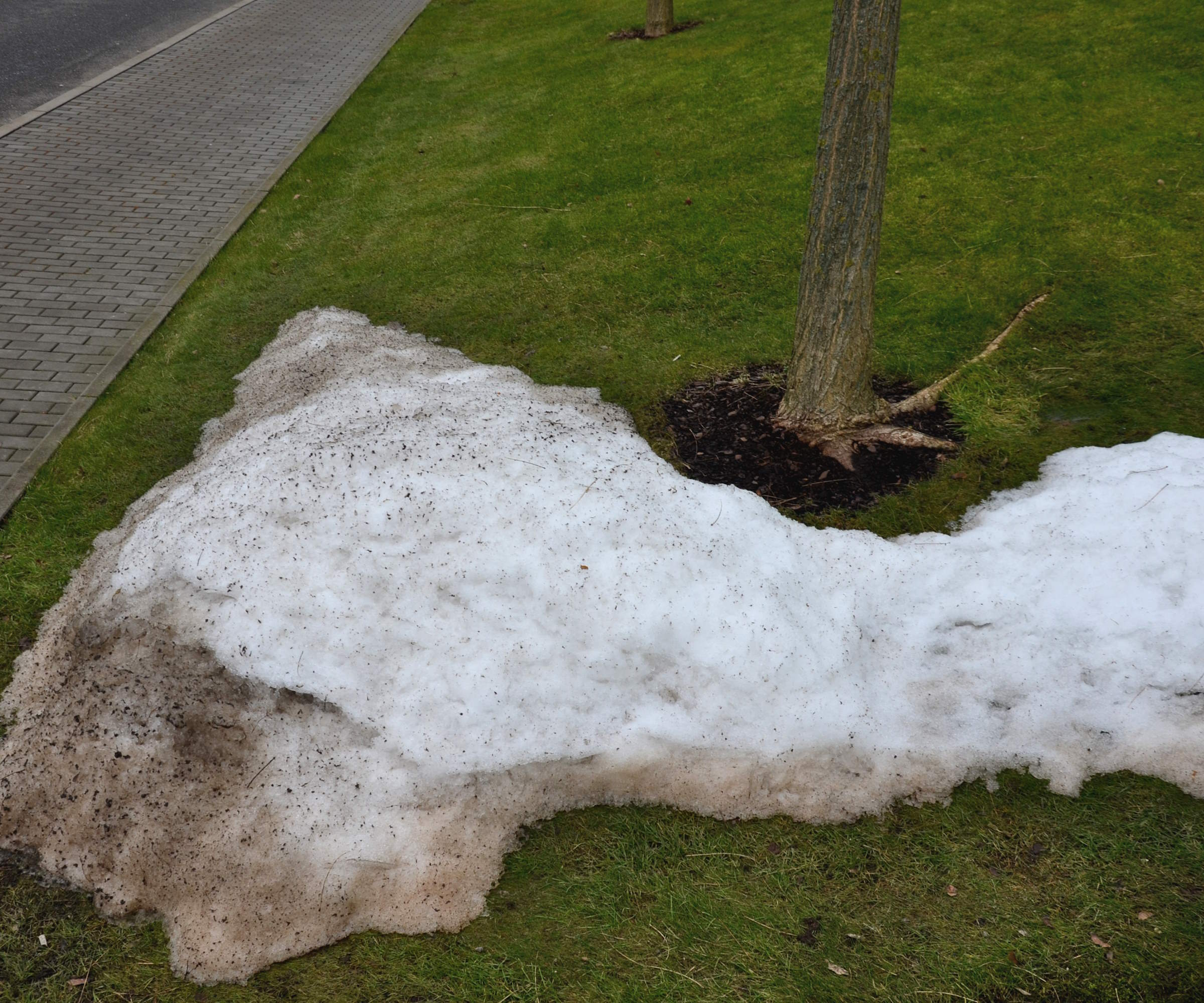
After the snow thaws, it can be time to start with some spring lawn care to help the grass recover from winter and get back to looking its best ahead of summer. Wait until the conditions are right to avoid walking on frozen grass, or a very wet lawn, as doing so will set the grass back and it will need time to recover.
Jason McCausland suggests the following four steps to help a lawn recover from any winter covering of snow:
- Remove debris, leaves, and dead grass to improve air circulation.
- Aerate the soil to relieve compaction and improve air, water, and nutrient penetration.
- Fertilize the lawn in spring with a slow-release fertilizer to stimulate healthy growth.
- Overseed bare patches to restore the lawn's density and vibrancy.
Once the snow retreats, it is also an ideal time to look for any signs of fungal diseases. ‘You can spot snow mold by the series of brownish circles that will form on your lawn as snow begins to melt in the spring,’ says Jeremy Yamaguchi, CEO of Lawn Love. Snow mold can be combated by raking the affected areas and planting grass seed to fill the bare patches of grass.
Take preventative steps to winterize a lawn by clearing any debris from the grass and helping air circulation by spiking or detaching. Doing these tasks as part of a fall lawn care regime can help prevent issues such as compaction, waterlogged lawns, or disease after snow on grass.

Jeremy is a gardening expert who advises on a range of gardening matters. As the CEO of Lawn Love, Jeremy helps homeowners find quality, reliable lawn care.
Overseeding a lawn in spring can help to repair bare patches and thicken up any existing lawn. It is best to wait until the frosts have passed, however, grass seed can grow after frost if there is a late, unexpected cold snap. Newly-sprouted seedlings can be damaged by cold but the frost will not kill any remaining seeds that may still germinate when the temperatures warm again.

Drew has worked as a writer since 2008 and was also a professional gardener for many years. As a trained horticulturist, he worked in prestigious historic gardens, including Hanbury Hall and the world-famous Hidcote Manor Garden. He also spent time as a specialist kitchen gardener at Soho Farmhouse and Netherby Hall, where he grew vegetables, fruit, herbs, and cut flowers for restaurants. Drew has written for numerous print and online publications and is an allotment holder and garden blogger. He is shortlisted for the Digital Gardening Writer of the Year at the 2025 Garden Media Guild Awards.

